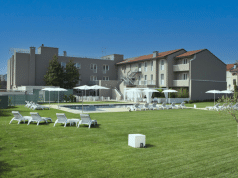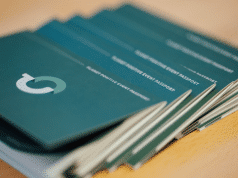When something unexpected happens that can spoil or ruin our event, we have to keep a cool head. In that very moment, we try to save the situation and not look for a scapegoat. There will be plenty of time to do that after the event.
Before any event, it is good to: check, double-check and check again. Better safe than sorry.
MOST COMMONLY
1. We planned the event reception at a beautiful outdoor venue. We were surprised by a summer storm. Our entire event was ruined due to rain.
Solution: Always have a plan A, plan B and preferably a plan C hidden up your sleeve. That is the only way to execute your event regardless of the weather conditions.
2. We chose a venue that was either significantly too large or too small. The participants felt lost in space or crowded.
Solution: Venue checking is an essential part of planning events. Ground plans also need to be checked and website information that can often be far from reality.
3. We exceeded our anticipated budget significantly. Particularly at the end of the project, numerous unpredicted costs emerged. The event finished in negative numbers.
Solution: Prepare the budget in three versions: pessimistic, realistic and optimistic. Leave room for unpredicted expenses that commonly total 10%.
4. We chose a wrong event date during school vacations, and numerous participants could not join us.
Solution: Any event organiser’s best friend is a calendar with dates of all major holidays and celebrations in various countries. It is equally important to have a calendar with dates of specific events for individual industries.
5. We prepared an event, which was considering its programme, similar to an event abroad. We were convinced this would make the event successful, however, the exact opposite happened. The participants were highly dissatisfied with the format and content of the event.
Solution: No trick can save you if the content is inadequate. In my opinion, the time of conventional events has finally passed. It is time to think outside the box and stop copying events and business models.
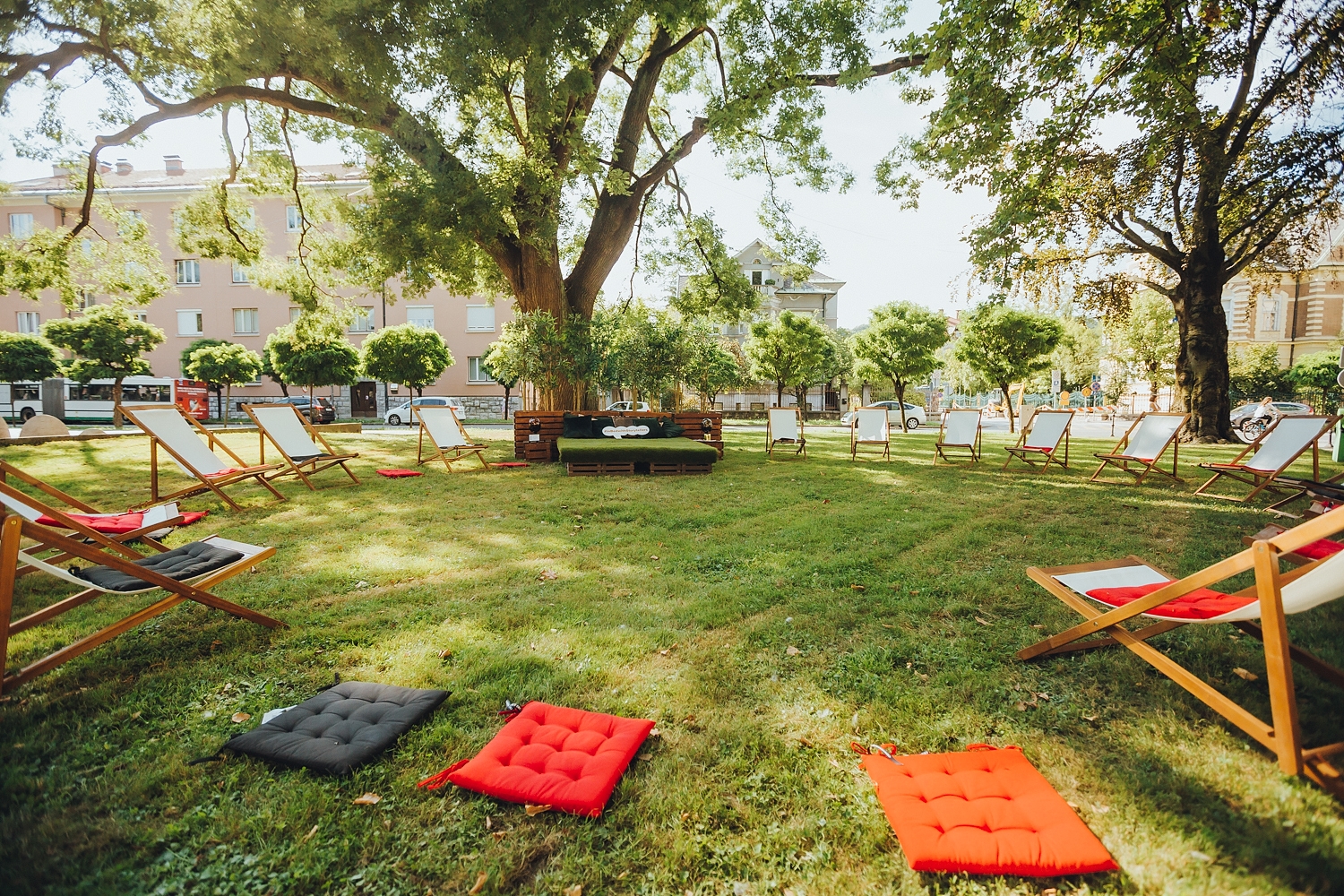
6. Just after 10 minutes into the business lunch, food ran out, at an otherwise intriguing event. The participants were disappointed, and we received complaints, as the registration fee was high.
Solution: The basic rule of catering arrangements is to have at least 10% more food than the number of participants. Include the number of media and event guests into the number. Ensure flexibility when ordering, as participants tend to register at the last minute.
7. The female side of the audience constantly complained that the venue was too cold, while the male side complained that it was too hot.
Solution: If the majority of participants are female, adapt the temperature to their needs. According to experience, women tend to like temperature around 24 degrees Celsius, while men like it around 21. In short, the temperature should be altered to the needs of the majority.
8. The keynote speaker did not show up at the event, and two others were over an academic quarter late.
Solution: Together with the moderator, we must be prepared for such a scenario and sincerely explain to the participants why the speaker did not show up. Also have a backup scenario prepared, per se embellishing the programme with team activities (Chapter 10 – speakers management).
9. The musicians at the gala ceremony were completely unsuitable and bored the participants. International guests did not understand the selection of music.
Solution: You must understand and feel the music, but more importantly choose it accordingly to the audience. We recommend listening to the musicians live and personally making sure of quality and suitability.
10. Upon arriving at the event, we were greeted by a long line at the reception. We waited for over half an hour for the badge amid chaos. The participants complained excessively.
Solution: Ensure online stands for registration, automate the print of badges and logistically arrange registration similarly to airport check-in. Be sure to have enough staff.
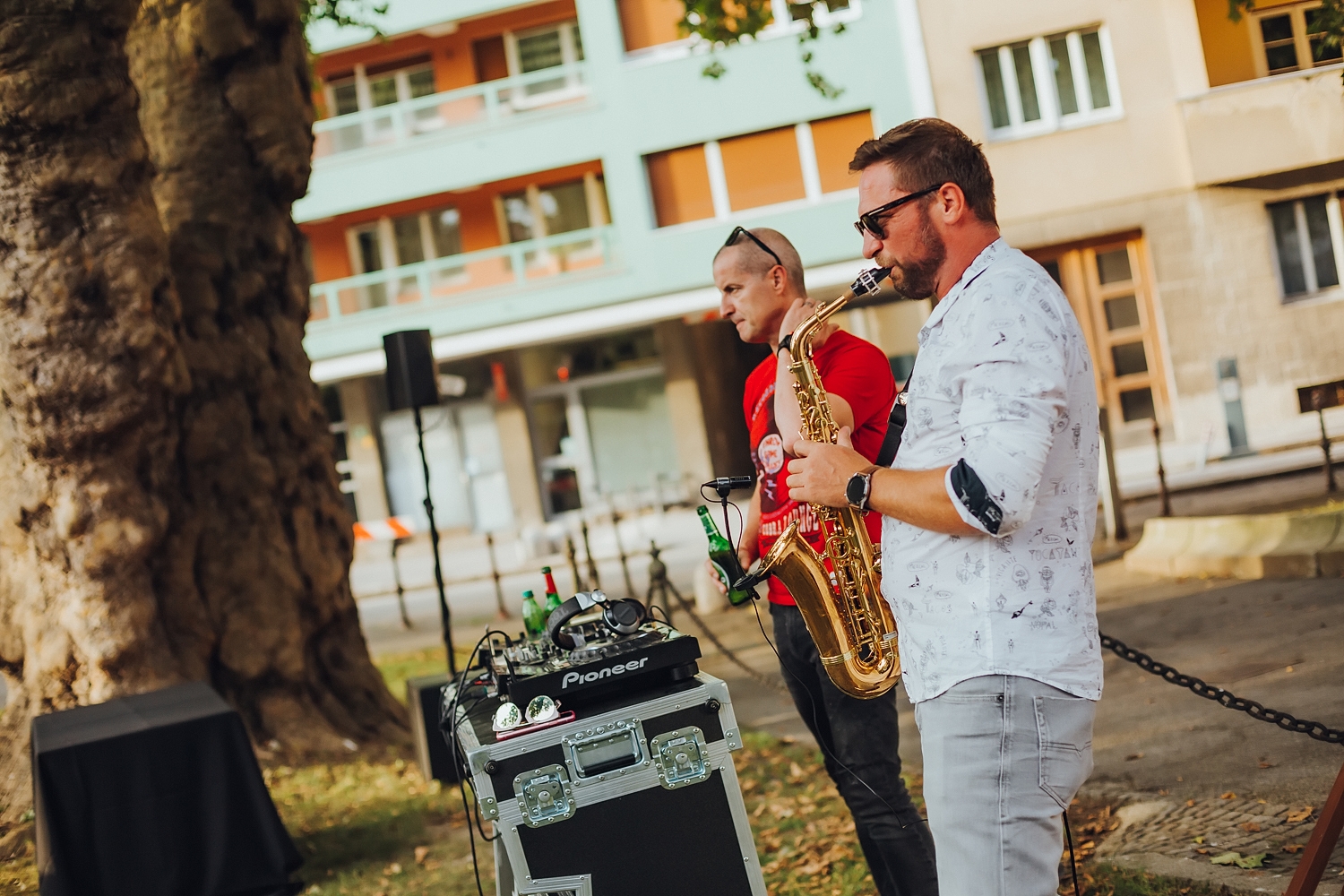
11. Security improvising manifested in an uninvited guest joining our event and unpleasantly interrupting the keynote speaker’s speech. We struggled to remove the intruder from the hall.
Solution: It is logical that we ensure professional security and provide entrance control. However, we often forget about this, which causes catastrophic consequences. Such a “triviality” can ruin an entire event.
12. Drink consumption was much higher than arranged. The catering service providers insisted that the participants were thirsty. We had no previous arrangement regarding this beforehand.
Solution: Limiting drink consumption is, of course, an essential measure, while most such conflicts can be solved with smart entry control of an event.
13. There was a surplus of food after the event, which the catering service had to throw away. We thought it was a shame to throw it away.
Solution: Choose a socially responsible food provider that has a clear waste management policy. You can also give leftover food to those in need.
14. We forgot to gather participants’ diet requests. Some of them complained, but the worst part was that one of the participants got an allergic reaction.
Solution: Include this information in the registration form and make sure the information reaches the catering service on time. Also, be sure to add “dietary specifications” signs to the served food.
15. We were constantly late and did not follow the schedule. None of us dared to interrupt the presentation of a truly important speaker. The participants were left confused, and several of them left the event prematurely.
Solution: The role of a great moderator is crucial in such cases. Similar situations rarely occur when working with a professional. We wrote more about this in Chapter 9 – Co-Creation.
16. The breaks were only 10 minutes long. Because networking is a vital part of the event, participants complained that there was not enough networking time.
Solution: According to experience, networking should be at least half an hour long or preferably, networking should take place during breaks that are 45 minutes long. Ensure networking is moderated and focused.
17. There was not enough staff at the wardrobe. No one directed participants into halls. Perhaps, this was also one of the reasons why participants were confused and dissatisfied.
Solution: A system of arrivals and departures should be planned and put to the test before the event. Most complications can be avoided if we anticipate them. The gold standard is one hostess per 100 participants at the wardrobe.
18. Almost every participant started browsing their mobile phones after just ten minutes. None of them listened to the speakers. Apparently, the speakers and content were so boring, that no one was interested.
Solution: Speakers should be well prepared for an event. We wrote more about preventing such situations in Chapter 10.
19. The head of the project, who had all the information, stopped picking up their phone after it had run out of battery.
Solution: Ensure chargers (for both organisers and participants). We even recommend using walkie-talkies.
20. A sponsor complained that his company was not properly highlighted and that we forgot to place the company’s logo on the sponsor banner.
Solution: You must do everything possible to make amends. Our recommendation is to admit your mistake(s) and smartly compensate. In most cases, this does the trick.

COMMUNICATION
21. We did not pay enough attention to the design of the website. We posted only general information and rarely any news or in-depth articles. The website’s traffic was only a few visitors a day. The conversion was consequently unmeasurable.
Solution: A website is the window and market of any event. Every organiser must ensure its optimisation, make it appear attractive and make information user-friendly.
22. At a hybrid event, we had an international audience, and we forgot to correctly communicate the hour and time zone at which the event took place. There was mass confusion, and over 40% of participants did not join the event on time.
Solution: In the age of digitalisation, there are numerous time converters available, such as https://www.timeanddate.com/
23. We made tiny grammar mistakes on our website. A company’s title was written incorrectly. Several grammar mistakes also occurred on the mobile app.
Solution: If possible, find a native speaker to lecture your pages. Sometimes a meticulous coworker with an eye for spotting mistakes is enough.
24. The participants at the event almost did not post anything on social media. It appears that the content was unappealing or that we did not motivate the participants enough.
Solution: If you do not use hashtags# or you have not directed your participants in the right direction, there is little probability that your participants will communicate via social platforms by themselves.
25. We thought of a truly great and rather expensive app for the event. Despite this, the participants did not use it (only 20% of them downloaded it).
Solution: Almost any app enables push-up messages. Consider the whole process of communication and ensure smooth communication with participants. Add valuable and strategically important information to the app, relevant to participants.
26. We sent out invitations for our database, which we bought online. The response was extremely bad, and what is worse was the statistical information regarding mail reach. We had apparently bought a fake database.
Solution: Never buy databases over the internet. Your own database, which you develop and grow through GDPR, is priceless. A bought database, on the other hand, will hardly be of any help.
27. We spent a large part of the budget on classic advertising, which proved to be a poor choice, as the money could have been used for ensuring effective communication.
Solution: Digital + content marketing + database of potential participants = a recipe for a successful event.
28. We were unable to forward the final programme to potential participants. Only the preliminary programme had been published on the website. Perhaps this was the reason behind the relatively small number of participants attending.
Solution: A programme is among the most vital tools for communication and sales. Thus, it is logical to constantly improve it. Also, communication through all channels is crucial.
29. We did not execute a suitable follow-up after the event. We forgot to send participants pictures from the event, do a survey on satisfaction or send them our gratitude with an invitation to join us in the following year.
Solution: An adequate follow-up after the event is extremely important and helps to strengthen partnerships. When it is personalized, it builds loyalty.
30. We did not receive consensus from the speakers to distribute their presentations. Consequently, we did not send them to the participants and received numerous complaints.
Solution: Acquire a written consensus of speakers to share presentations and send them to participants following the event.
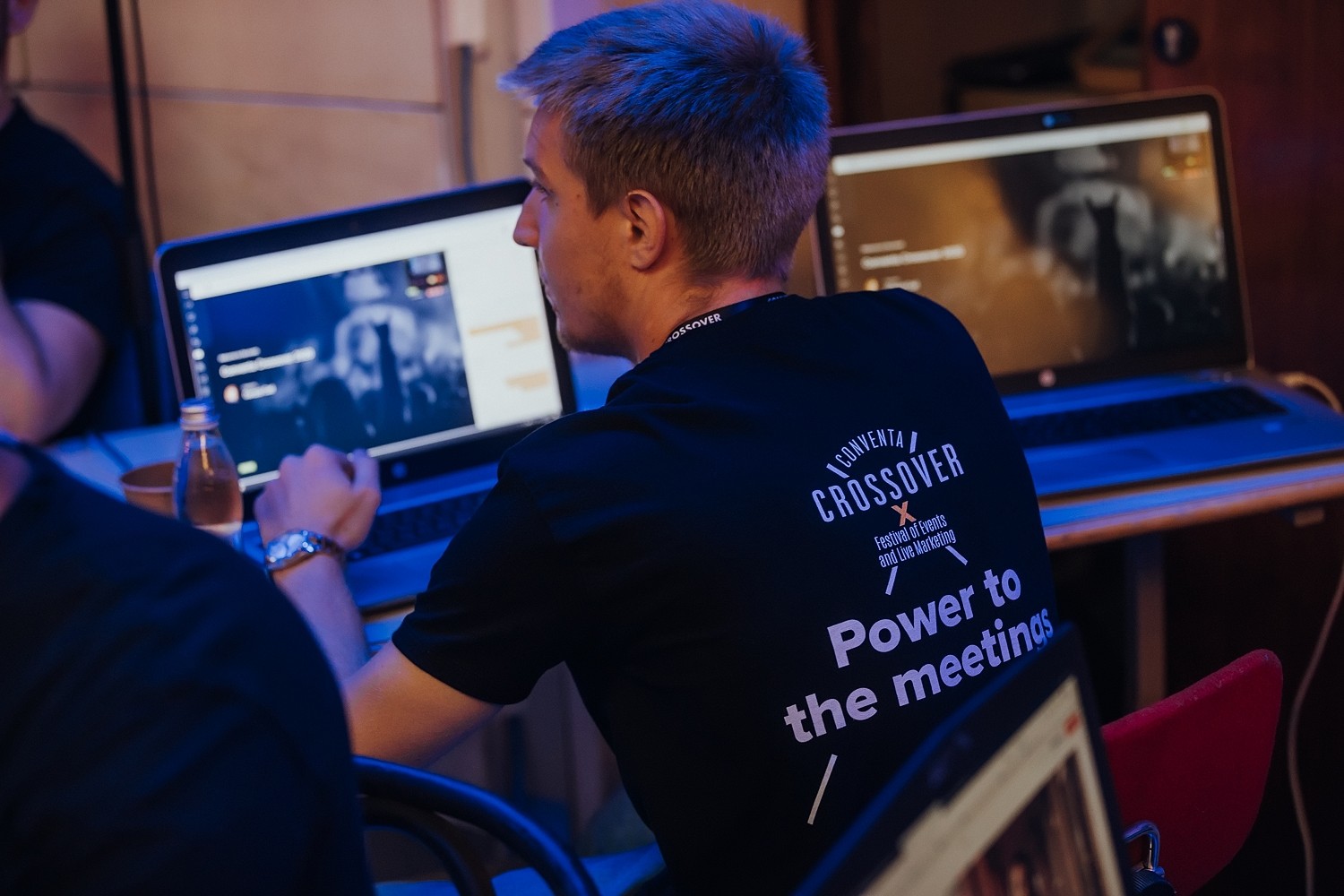
TECHNICALITIES
31. We made the event without a technical rehearsal due to a time limit. We met an hour before the event, and due to the rush, there were several technical flops (microphones did not work, the presentation was interrupted, and the lighting was inadequate).
Solution: For most events, it is a must to have a rehearsal, where we try out equipment and go through the scenario with the team. An event without a rehearsal is a recipe for disaster.
32. The presentations were all mixed-up, and the videos in individual presentations did not work. The event appeared unprofessional.
Solution: Insist that your speakers deliver presentations at least a day before the event, for you to check them thoroughly. We also recommend setting up a speakers corner (green room) for more demanding events.
33. Despite the best and most professional microphones, the speaker could barely be heard, and their voice was constantly interrupted. The speaker stood too far away from the microphone. Unfortunately, this ruined the otherwise excellent content.
Solution: Teach speakers to correctly use microphones. The microphones need to be placed to their positions at rehearsal. Send instructions to speakers beforehand and use a type of microphone that prevents such problems (headset microphone or lavalier).
34. The event scene was entirely open. Because the speakers were expert scientists, they felt uncomfortable and had major stage fright.
Solution: If speakers are not used to performing, they have to be assisted with suitable scenography. Often a simple speakers table does the trick.
35. The speaker was not provided with a confidence screen. Because of this, the speaker constantly turned towards the projection screen. Occasionally, he got lost, and his presentation was not the best.
Solution: An essential part of every conference is a confidence screen or even a teleprompter. The speakers will be immensely grateful to you for this.
36. Amid a freezing winter, the heating broke down in the main hall. In a few minutes, all participants were cold to the bone, and over 30% of them left the event.
Solution: If weather conditions are indeed extreme, make sure there are heaters before the event starts. You can also acquire the heaters from the venue. In any case, do not hide before participants, but apologise for any inconvenience caused.
37. We did not check whether the strength of electric plugs was sufficient for the demanding stage set-up. When we got to the venue, we realised that they did not have suitable plugs.
Solution: A simple rule is Big Cable = Big Power. In any case, electricity is a dangerous companion of large events. You should definitely connect with expert electricians, while the venue should provide needed certificates.
38. The Wi-fi constantly disconnected and did not allow every participant to join the network. Apparently, the venue did not have a good internet connection, which also shone a bad light on us.
Solution: The standard after the corona crisis is a connection with min. 100 Mbps and a 5G connection if possible. Certainly, though, check the quality of the connection on your phone before any event.
39. The projector had such poor lighting that the participants practically could not follow the presentation. They obviously had outdated equipment.
Solution: Projectors still have a major advantage, as they enable a giant/widescreen or as it is called, diagonal. In any case, be sure to check whether it is a DLP projector with a 5.000 ANSI lumen and a good contrast ratio.
40. The speakers sent us the links to Youtube videos that they wanted to show during their presentation at the last moment. In the end, the videos appeared unprofessional. Primarily because, at the start, there were advertisements and commercials by sponsors, while some even froze due to bad connection.
Solution: Insist that speakers send you videos in an MP4 format. This is the only way to ensure high quality and a quality experience for the participants.
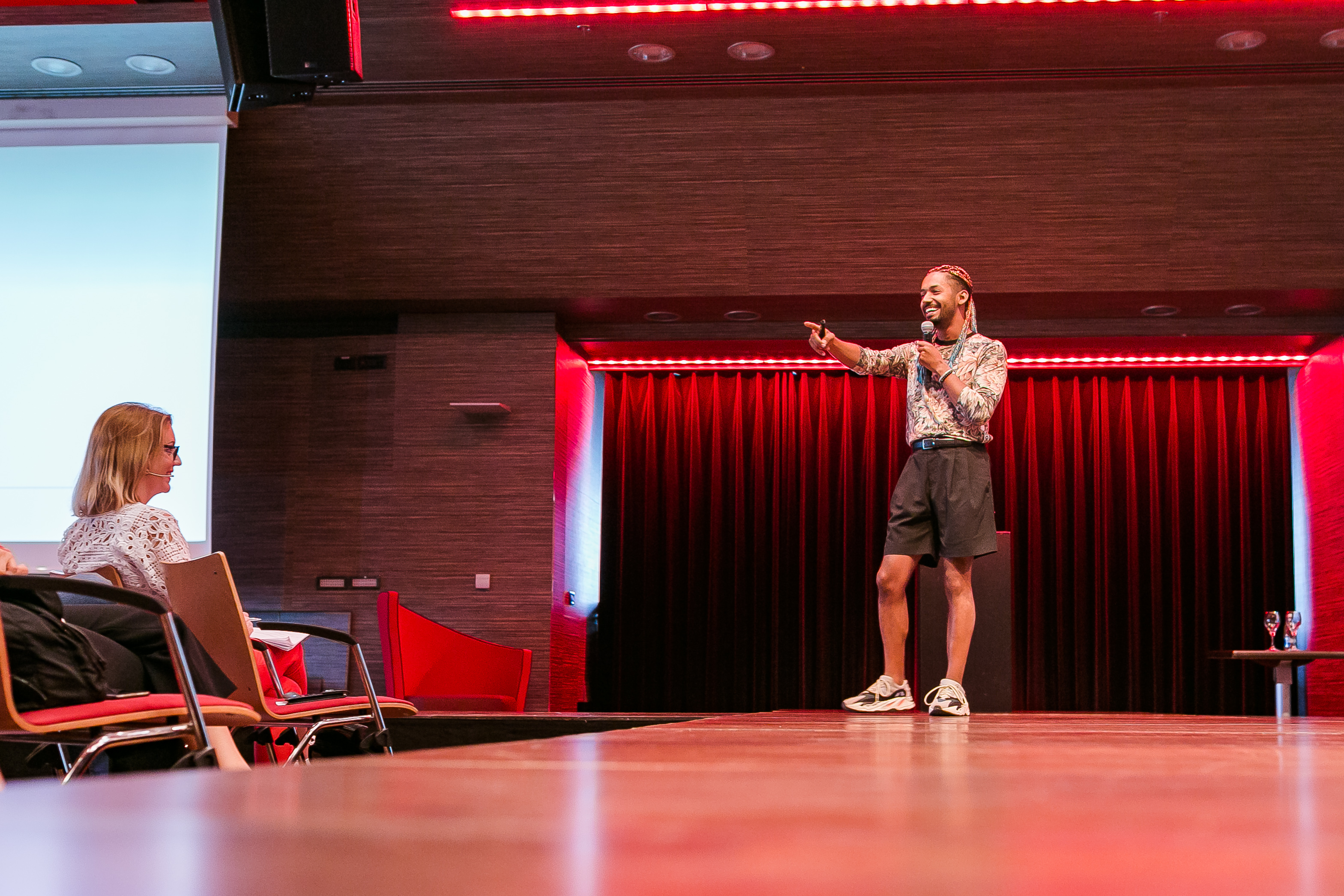
LOGISTICS
41. We did not organise the information regarding participant arrivals with the adequate system. In fact, the information was organised in Excel by several individuals. Numerous participants did not have transportation, and there was chaos.
Solution: A quality information system for logistics is of crucial importance. Luckily, there is a sea of such systems on the market. Most importantly, you need a mobile solution that connects both organisers and your subcontractors with real-time information on flights and arrivals. Logistics should be entirely digitalised as soon as possible.
42. The buses for participant transportation from the hotel to the venue were criminally late. Two buses met the guests at the wrong hotel. Quite some participants could not attend the morning sessions because of this.
Solution: Similarly to example 41, the right solution is having an organised informational system, as well as communication from the contractor. If there are numerous vehicles, insist on communication by the contractor. Just in case, have all phone numbers of drivers. Better yet, have an arrangement with local taxi drivers under plan B.
43. We did not ensure enough parking spaces for participants. The parking was also too far away from the venue.
Solution: Explore all possible parking locations and organise the transportation of participants from parking to the venue.
44. Because of the morning rush, the participants could not make it to the venue on time. The majority of them were over 40 minutes late.
Solution: If you are organising an event in a city known for having morning traffic, we recommend that you avoid this by simply starting the event later.
45. The delay of the keynote speaker’s flight caused his arrival to be two hours too late.
Solution: Have a plan B prepared with the moderator. This means that you change the programme instantly and adapt to the situation.
47. The participants got lost on their way to the venue. We did not inform them thoroughly on the locations of the gala receptions and how to access them.
Solution: A simple sketch of the city with locations marked can still work. Better yet, you can bring the participants to different locations with the help of your apps.
48. We did not anticipate the amount of time it would take to set up the exhibition at the event. With maximum efforts, we were able to complete the task just before the participants arrived.
Solution: Schedule enough time for the preparation of the event and post-event clearing up. Here, you should apply the rule that preparation takes twice as much time as the after-event dismantling. Arrange this with the venue to ensure there are no complications later on.
49. We did not coordinate individual drivers, and we did not have any contact information for them. Consequently, we did not have an overview of the actual situation with transfers.
Solution: The logistics desk is essential for almost any event. We must choose a coordinator that will be responsible for ensuring that the logistics run smoothly.
50. Participants were promised free public transport and the use of bicycles; however, due to the complicated registration process, the system did not work.
Solution: Everything depends on participants receiving clear instructions. Make sure that the services can be accessed with a name tag or via mobile phones with a code.

ONLINE EVENTS
51. We chose a platform that was unsuitable for our type of event. The platform was adapted to hybrid events, while we wanted to organise a simple webinar.
Solution: There are dozens of platforms on the market. Our recommendation is to test individual platforms before an event. One size does not fit all.
52. Complicated access to the application meant that we lost over half of the registered participants. Besides, that, we forgot to activate a part of the participants as participants.
Solution: Ensure simple access to the conference, without complicated application downloads and authentication processes. The activation button should take the participant directly to the online conference.
53. The online event was a whole-day event, and individual content segments lasted for over two hours. Participant analysis showed that only a handful of participants followed the event. Ten hours of the programme was obviously too much.
Solution: Vast amounts of content should be extended over several days. Individual segments should not be longer than an hour. This way, participants will not feel exhausted and will be happy to return to an online event.
54. Just 20 minutes in, the participants started to disconnect. We suspect that the speaker’s presentation was dull and their English was hard to understand. The speaker talked in a monotonous fashion, and the presentation was hard to follow.
Solution: The balance between presentation, speech and participant engagement should be just right. It is preferable to hear the speakers before the actual event. After you confirm their presentation, you should talk to the speaker about your expectations.
55. We forgot to organise an event rehearsal. Therefore, we had a series of problems when participants tried to join the event. The affected everyone from the presentations to the speaker, who wanted to join from a platform our event did not support.
Solution: Perhaps even more important than with live events, the rehearsal is crucial for testing connection and presentation. We recommend you do it at least a day before the event. It is also preferable to start by outlining the objectives for the event. Lastly, make sure the rehearsal takes place in the same space as the event itself.
56. We forgot to moderate comments in the chatbox. No one answered them, and the participants listed several complaints to which we did not respond.
Solution: Every online or hybrid event needs a special moderator of online participants. The moderator can simply be referred to as the online host. Their role is to arrange and forward the comments to the moderator. It is best if you organise all of this in-person and create a plan for handling the online community.
57. We started the event with a 10-minute delay. Furthermore, we exceeded the planned event timeframe by 20 minutes. The participants responded with extremely negative comments in the chatbox.
Solution: The golden rule of online events is that you start them at exactly the arranged time. A timer can be of great help, and you can aspire to TV production, where live broadcasts are timed to the second.
58. Particular topics should be discussed in smaller groups. The system we chose did not enable such work. Besides, problems occurred with the planned networking.
Solution: Developers of online platforms soon realised the importance of interactivity when it comes to online events. Next to Zoom and Hopin, other providers are now implementing breakout rooms, where participants can talk in smaller groups.
59. We forgot to send the speakers instructions on joining the online event. The guidelines they should have received gave a detailed explanation of the technicalities of the event. We had to resort to last-minute problem-solving, which caused stress and dissatisfaction.
Solution: Instructions are indispensable for online events. With this in mind, make sure to clearly define both general information and specific technicalities.
60. I organised an online award ceremony for a university faculty by myself via Zoom. As the day of the ceremony approached, matters got so complicated that I had to find expert help.
Solution: Online award ceremonies are usually technically demanding projects. Our recommendation is to find a professional studio, enabling you to focus on the content of the ceremony.

EXTRA F*!#UPS
61. We wanted to organise everything by ourselves to save on the budget. Organising events may not be rocket science, but some matters cost us a lot of time and money. The result was a flop.
Solution: Ask yourself what your mission is and concentrate on that. Leave the organisation to the professionals.
62. We planned a concert of classical music in Ljubljana’s Stolnica for congress participants. Soon after the concert started, the musicians were muffled by sounds of hard rock from the neighbouring square. We had to stop the concert.
Solution: If the event takes place in an outdoor venue or in the heart of the city, always check beforehand what else is happening in the vicinity.
63. All members of the organising team went down with food poisoning and could not participate at the event.
Solution: In such circumstances, you are truly and well f*!#ed. The only option is to try and engage colleagues from the meetings industry to help you and include themselves in the story.
64. At a gala awards ceremony, we forgot to frame the accolade for one of the key recipients. When it was time to present him with his award, the hostesses were empty-handed. It was only thanks to the resourceful moderator that everything ended up okay.
Solution: Awards, including texts, need to be checked, checked again and just to be sure, checked once more. Together with the rehearsal, this is the only way to avoid such complications.
65. At the awards ceremony, there was a catastrophic mistake with a Hollywood presentation that ended somewhere in the middle. Almost half of the award recipients were left with the ingenuity of the moderator.
Solution: This example illustrates the importance of rehearsals and proper preparation for events. At important events, you should activate VJs, test the graphic equipment a few days before the event and do the fine-tuning at the rehearsal itself.
As is evident, these are the reasons why you need an experienced meeting architect for your event. More experience means better anticipation of possible complications and quicker reactions.
A meeting architect will help make your wishes regarding the event come true with their rich experience. Moreover, a meeting architect will create added value for the event. The problem lies in event clients, who mostly do not understand the need for a meeting architect. You should ask them whether they have ever even heard of this profession. A great deal of energy and patience will be needed for all those that organise events to realise this. Some matters just need to be constantly repeated. Still, it is better to learn from someone else’s mistakes than your own, right?



